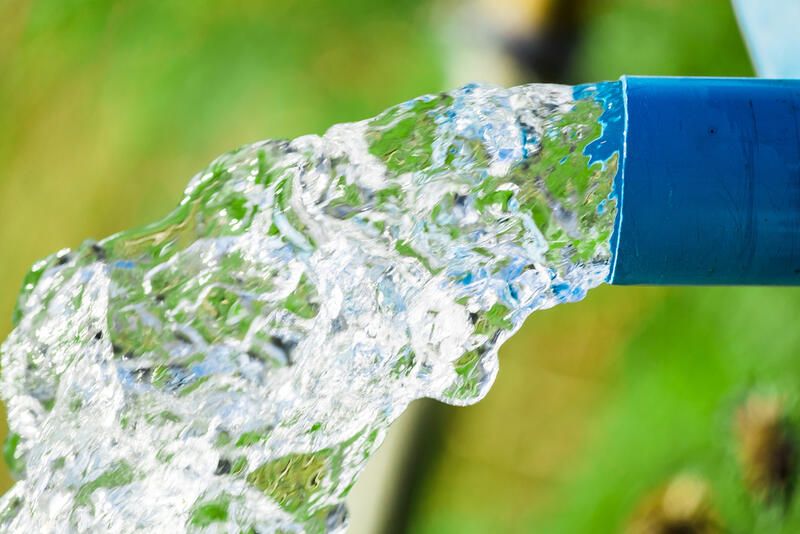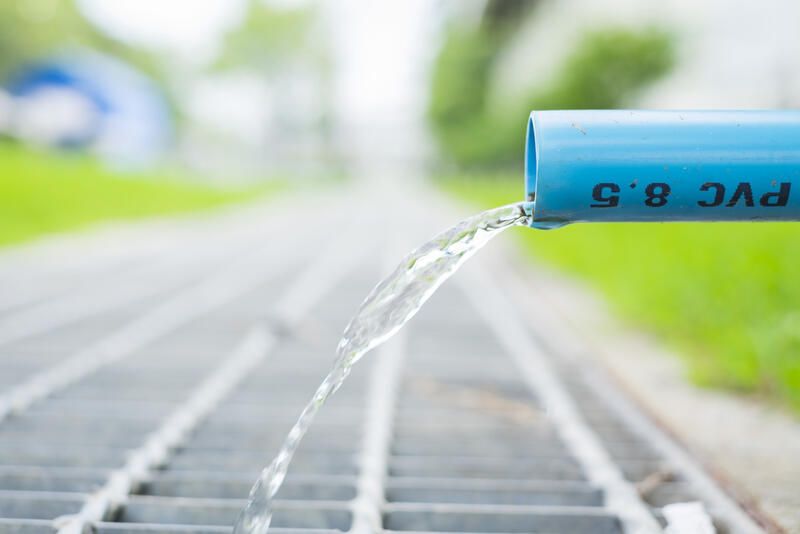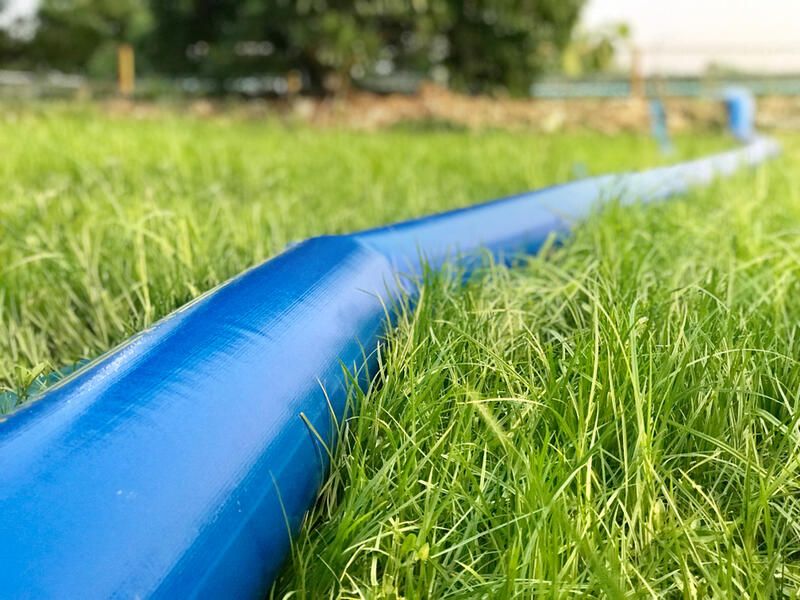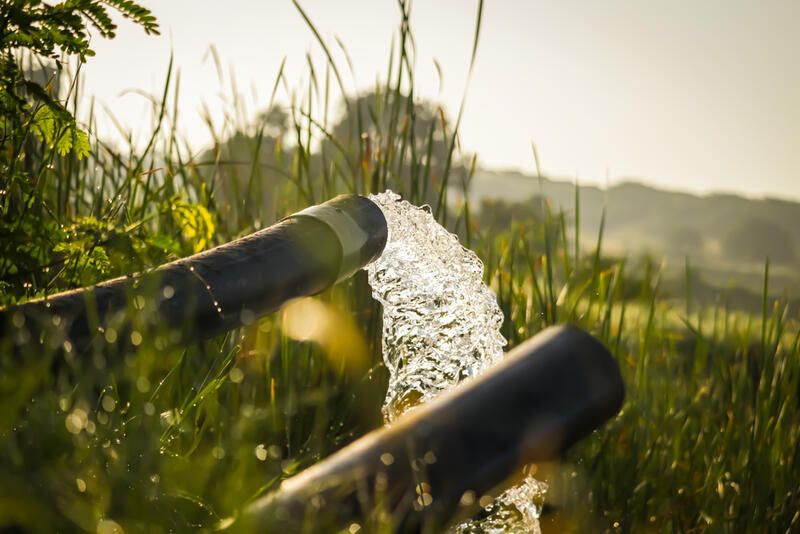
French Drain: A Stylish Solution to Your Drainage Needs
Published: 27/03/2023 | Updated: 09/09/2023
Are you tired of seeing water flood your driveway, erode your garden beds, or seep into the foundation of your home?


For many homeowners, water is both a blessing and a burden. While it is crucial for the health of plants and lawns, it may also seriously harm a house's structures.
This blog post will walk you through one of the most simple yet effective drainage methods: French drains.
These smart drainage systems have been employed for ages to divert water away from buildings and gardens, avoiding erosion, flooding, and other water-related problems.
So, whether you're struggling with a soggy lawn or a leaky basement, read on to discover how French drains may transform your house into a dry and safe retreat.
What Are French Drains?
When well designed and installed, a French drain will add an aesthetically pleasing hardscape element to your yards, but the classic French drain is a very simple structure created with pebbles or river stones over a low point in the ground or a dug trench.
To ensure that water flows freely towards the drainage point, the drain should be sloped away from the area where water is a problem.
To ensure that your French drain succeeds, it is essential to check and clean it regularly to avoid clogging, which can lead to water damage and other issues.

The Benefits of French Drain Systems
Numerous factors put French drains among the best drainage solutions for residential and commercial properties, the following factors are what makes them distinct from other drainage methods.
1. Affordable
A French drain is one of the most affordable drainage solutions compared to other systems.
A professionally installed French drain cost is naturally higher but the price number is likely to drop significantly if you choose to do it yourself.
2. Aesthetically Appealing
As we briefly stated, a French drain can be customized to complement your landscape arrangement or enhance the aesthetic appeal of your yard.
Many homeowners use different colored or textured materials in creative designs to make the most of their drainage projects.
Just express your thoughts to your Shrub Hub landscape designer and you're sure to get yourself an attractive and functional drainage system plan.
3. Easy to Install
French drain installation is super convenient, you can easily install a French drain without professional help over a weekend, maybe even less if you get help from a family member or a friend.

Do You Need A French Drain?
If you see standing water over your driveway and other hardscapes or you have a soggy yard, you probably do need a French drain.
If your problem is bigger, such as a flooding basement, you may need to install a more complicated system like an interior french drain.
How To Install A French Drain System
Now that you've decided a French drain may be the best drainage solution for your space, here are some installation tips to help you create a successful system.
1. Check City's Regulations
Most of the time, you won't need a city permit to add a French drain to your residential property.
Though, it is best to check in on city rules and regulations before starting any outdoor project to avoid problems that may come forward.
2. Choose Your Materials
Although you don't need a lot of materials to create a curtain drain, selecting the proper ones makes a great difference in the results.
The most important component of a French drain system is a perforated drain pipe.
Based on the design of your drain, this perforated pipe allows water to flow through the system and works to redirect water away from your house.
You can either go for a flexible perforated pipe by opting for corrugated plastic or a sturdy one by choosing PVC materials.
The other materials you'll need are gravel and landscaping fabric to hold it in place.
3. Study Your Area and Choose The Best Location
The success of your drain highly depends on the location, and a functioning french drain should be located at a natural slope or a low point in the ground to ensure water flow.
French drains work by diverting water away from your property and to another channel like a municipal storm drain.
If you end up locating your drain over a flat stretch of land, you'll be just moving surface water from one spot to another as water will collect in your french drain instead.

4. You're Ready to Dig
Once you've checked the boxes above, you're ready to get to work! The depth you'll dig should be determined by the size of the drainage issue you're facing and the grading condition.
5. Line Materials In The Proper Order
Lining your materials should be an easy task, start by adding a layer of gravel, then carefully place your drainage pipe and cover it with more gravel.
Place in landscaping fabric properly so it would work as a filter to protect your drain and prevent it from clogging.
Facing Troubles with Your Outdoor Space?
Maintaining a nice outdoor space can be challenging with natural elements and outdoor factors.
Whatever it is you find troubling, the Shrub Hub team analyzes your space to provide creative and attractive solutions to any issues you're looking to overcome with your property.
We provide you with cohesive design plans specially tailored to include all aspects of your outdoor space.
And the best part is that the entire process is personalized so you're always in the loop.
Book your consultation today and start planning your dream yard.
For more details, visit www.shrubhub.com or email us at design@shrubhub.com


